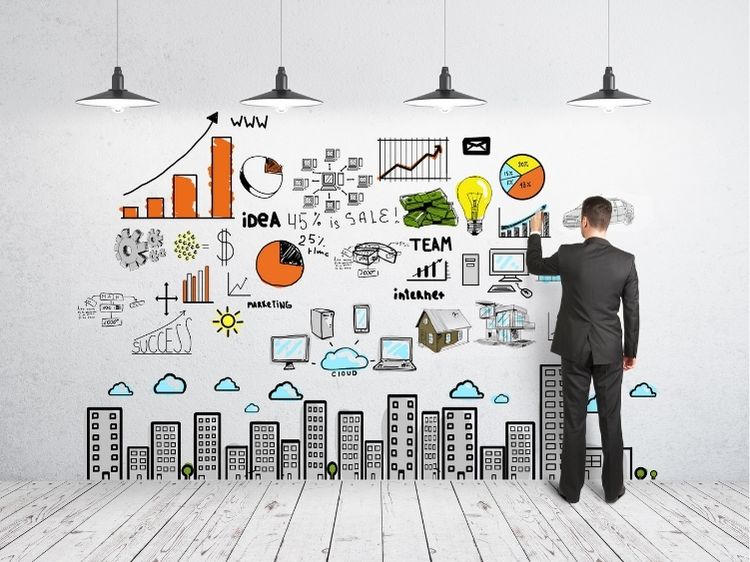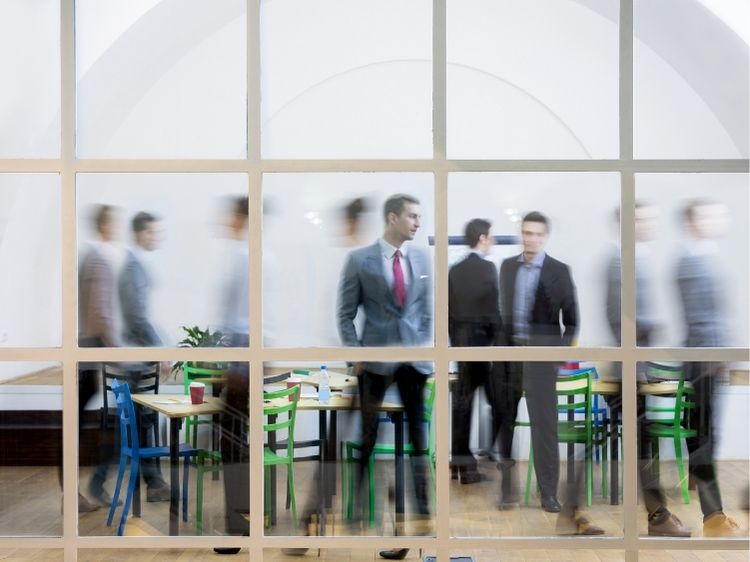When it comes to workplace attire, “business casual” often leaves people scratching their heads. Is it just casual with a blazer? Or business wear without the tie? In this guide, we’ll break down what business casual really means, how to style it, and tips to keep you looking polished while feeling comfortable.
What Is Business Casual?
Business casual is a dress code blending the professionalism of business attire with the comfort of casual wear. It’s not as formal as a suit-and-tie combo but still maintains a neat, polished appearance suitable for most workplace environments. Think slacks instead of jeans, button-up shirts instead of t-shirts, and loafers instead of sneakers.
In essence, business casual strikes the perfect balance between too formal and overly relaxed.
Key Elements of Business Casual Attire
While specific definitions can vary by workplace, here are some staples of business casual for men and women:
For Men:
- Shirts: Collared shirts like button-ups or polo shirts. Avoid bold patterns unless the workplace leans creative.
- Pants: Chinos or dress slacks. Jeans are usually a no-go unless explicitly allowed.
- Shoes: Loafers, oxfords, or dress shoes. Sneakers are typically off the table.
- Accessories: Minimal jewelry, a leather belt, and a classic watch.
For Women:
- Tops: Blouses, button-down shirts, or knit tops. Sleeveless options may be fine if they’re professional.
- Bottoms: Pencil skirts, slacks, or tailored pants. Knee-length dresses can also work.
- Shoes: Flats, loafers, or low heels. Avoid overly casual options like flip-flops.
- Accessories: Simple jewelry and understated makeup.
How to Master the Business Casual Look
Looking good in business casual isn’t rocket science, but it does require some planning. Here’s a quick checklist to help you nail the look:
1. Fit Is Key
Ill-fitting clothes can make even the most expensive outfit look sloppy. Ensure your clothes are well-tailored.
2. Neutral Colors Are Your Friend
Stick to neutral tones like black, navy, gray, or beige for a professional vibe. Add pops of color sparingly.
3. Avoid Overly Casual Items
Leave the distressed jeans, graphic tees, and flip-flops at home. If it’s something you’d wear to a barbecue, it’s probably not business casual.
4. Accessorize Sparingly
Opt for minimal accessories. For men, a sleek belt and a watch will do. For women, keep jewelry simple and tasteful.
Common Misconceptions About Business Casual
Even seasoned professionals can mix up what’s acceptable under the business casual umbrella. Let’s bust a few myths:
- Myth #1: Jeans Are Always Off-Limits
Some workplaces allow dark, non-distressed jeans as part of their business casual dress code. However, always confirm with HR. - Myth #2: Sneakers Are a No-Go
While traditional business casual shuns sneakers, clean and minimalist styles might be acceptable in creative or modern workplaces. - Myth #3: Business Casual Is Just Casual Wear
Nope. Business casual requires a polished, put-together look—think more structured, less sloppy.
Business Casual Outfit Ideas
If you’re still unsure how to piece together a business casual wardrobe, here are some ideas to inspire you:
For Men:
- Classic Look: Navy chinos, a white button-up shirt, brown leather loafers.
- Creative Office: Slim-fit khakis, a patterned shirt, and clean sneakers.
- Layered: Dark slacks, a light sweater over a collared shirt, and oxfords.
For Women:
- Traditional: Black slacks, a pastel blouse, and ballet flats.
- Chic: A pencil skirt, sleeveless top, and a cardigan.
- Comfortable Yet Classy: A tailored dress paired with loafers or low heels.
FAQs About Business Casual
What’s the difference between business casual and smart casual?
Business casual leans more professional, with an emphasis on office-appropriate attire. Smart casual is slightly more relaxed and allows for stylish, personal touches like jeans or trendy sneakers in some cases.
Can I wear sneakers as part of a business casual outfit?
In most traditional workplaces, sneakers are a no. However, some modern companies embrace clean, minimalist sneakers as part of a business casual look.
Are jeans ever considered business casual?
Dark, well-fitted jeans can be business casual in some workplaces, but always check the company’s dress code first.
Is business casual the same for every industry?
Not at all! Tech companies might be more lenient, while law firms usually expect more traditional business attire.
Can women wear dresses in a business casual environment?
Yes, as long as the dress is knee-length or longer and not overly flashy or revealing.
Business Casual: The Do’s and Don’ts
Do’s:
- Always prioritize fit and neatness.
- Check your workplace dress code for specific guidelines.
- Invest in versatile pieces that can be mixed and matched.
Don’ts:
- Don’t wear wrinkled or stained clothing—it’s a dealbreaker.
- Avoid overly bright or distracting patterns.
- Steer clear of overly casual items like hoodies or flip-flops.
Conclusion: Dress Smart, Feel Confident
So, what is business casual? It’s a dress code that bridges the gap between formal and casual, giving you room to be both professional and comfortable. By focusing on well-fitting clothes, neutral colors, and workplace-appropriate accessories, you’ll master this versatile style in no time.
And remember, when in doubt, it’s always better to be slightly overdressed than underdressed!
Authoritative Links for Further Reading:



